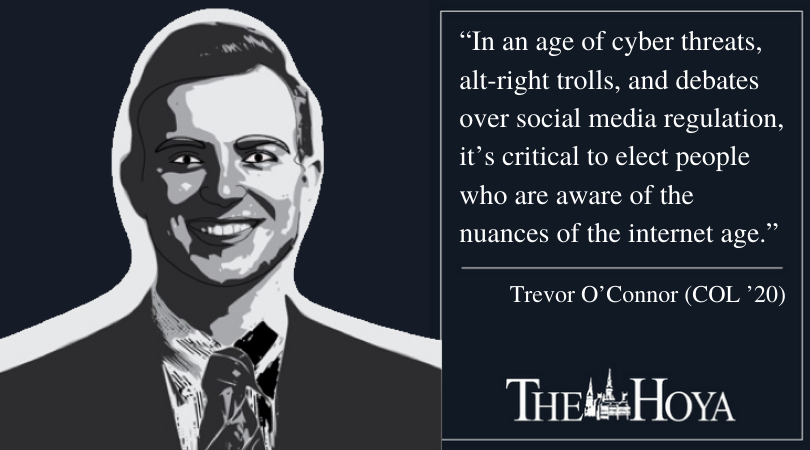Representative Don Young (R-Alaska) has served in Congress longer than the average American has been alive. With almost five decades under his belt representing Alaska’s only congressional district, Young has been in office since President Richard Nixon was saluted with “Hail to the Chief” and Diana Ross ruled the airwaves back in 1973.
Yet Young is not an anomaly. The average member age of the House of Representatives is 57.6; the average member of the Senate is 62.9. Only 26 members of our national legislature are millennials.
This age gap between Congress and the U.S. population affects which issues are championed, such as retirement and Medicare, and which are sidelined, such as climate change and student loans. While it’s important to have experienced representation in our legislatures, it’s just as important to ensure more young people are in office.
Though far from monolithic, age groups tend to have distinct worldviews. Two-thirds of Generation Z, those born after 1997, agree that “increasing racial/ethnic diversity is good for society.” Meanwhile, less than half of baby boomers, those born between 1946 and 1964, agree with this statement. On key social issues, Gen Z Republicans are more liberal than their Republican boomer counterparts. Moreover, Gen Z and millennials, those born between 1981 and 1996, are more likely to cite human activity as the cause of climate change than are other generations. Younger Americans skew more liberal than other age groups and prioritize different issues. If we’re serious about solving the imminent climate crisis and promoting equity in our country, more youth representation is important.
Of course, age does not dictate ideology. At 78 years old, Democratic presidential candidate Sen. Bernie Sanders (I-Vt.) single-handedly carried almost half of voters under 29 in the recent New Hampshire primary. Meanwhile, Mayor Pete Buttigieg (D), who at 38 years old is the first millennial presidential candidate, could barely gain 6% support for voters under 34 in a recent national poll. Clearly, the populist rhetoric of Sanders resonates more with young voters than does the centrism of Buttigieg. Younger elected officials aren’t guaranteed to be more in line with youth interests, but having more in office is a good start.
Moreover, in an age of cyber threats, alt-right trolls, and debates over social media regulation, it’s critical to elect people who are aware of the nuances of the internet age. Alexandria Ocasio-Cortez (D-N.Y.), elected at 29, has quickly risen to prominence as a symbol of youth energy and power. With an understanding of the changing nature of political engagement, Ocasio-Cortez masterfully uses social media to connect with younger Americans in ways older legislators may not grasp as readily. Younger members such as Ilhan Omar (D-Minn.) have likewise utilized social media to spread progressive ideals and engage with youth directly. This approach also translates into championship of certain issues that affect younger Americans. For example, 33-year-old Lauren Underwood (D-Ill.) has made maternal health a priority.
However, those born after 1981 make up only 6% of Congress, mostly due to incumbency. Incumbents can mobilize millions of dollars in support and rely on name recognition to stay in power. Moreover, political parties are more likely to recruit people who are wealthier and well connected, inherently making the candidate pool older. One small step would be for parties to identify and support younger candidates earlier on.
Though organizations like Run for Something are trying to encourage more young Americans to run for office, the problem is structural. Since campaigns are incredibly expensive and keep many newcomers from entering, change must happen at that level. Public funding of elections may provide more opportunities for new faces and younger candidates to rise. Various proposals of campaign finance reform such as small-donor matching, a system that works in New York City, could help younger candidates raise enough money to compete against big donor-backed incumbents.
Additionally, instituting congressional term limits remains a bipartisan option that would help lower corruption, reduce barriers of incumbency and allow for newer voices to enter the halls of legislatures. Despite these structural barriers, however, we all have a responsibility to support younger candidates if we want to change the composition of our legislatures. Inspire your colleagues to run for local office, research nonincumbents and identify ways to help fellow youth organize both outside and inside of government. If we want change, let’s start now.
Trevor O’Connor is a senior in the College. Representation Gaps appears online every other Tuesday.














